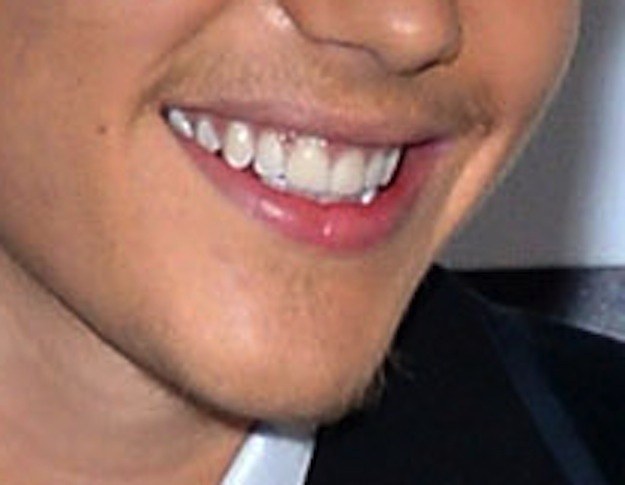

This transition doesn’t happen in a single day, week, or even year. Instead of producing vellus hairs, these follicles now begin producing terminal hairs, often thicker, darker body hair. Think “peach fuzz.” Once we hit puberty, hormones signal the hair follicles to evolve. These hairs are tiny and virtually colorless. Androgens – primarily testosterone – are one of the prime regulators of human hair growth.Īs adolescents our bodies are primarily covered by vellus hairs. These hormones instruct the hair follicles on what changes to make during the next growth cycle. While anagen, catagen and telogen hairs are anchored to the follicles, exogen hairs are only passively retained… meaning they can easily fall out. This fourth stage was only recently recognized in humans. This resting phase can last several months. After months (if not years) in action, the follicles take a break. This regressive phase allows the follicle to be ready to evolve and grow again once the proper stimulus is applied. The hair follicle shortens by up to 70 percent. During this stage the compartments of the follicle used for growth begin to shrink.

Once anagen is complete, your hair enters catagen. For your beard, this can range from two to four months.or longer depending on genetics.

For the hair on the top of your head, this growth phase can last for years. The duration of anagen varies by hair type. During this stage, the hair forms and grows.


 0 kommentar(er)
0 kommentar(er)
